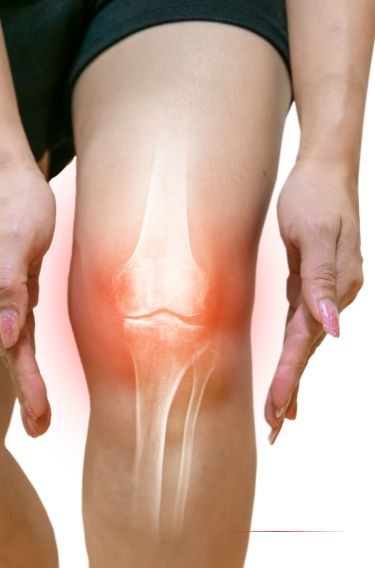
Revision Knee Replacement
Revision Knee Replacement Surgery in Guntur, Andhra Pradesh, India
What is Revision Knee Replacement?
Revision knee replacement, also known as revision total knee arthroplasty, is a surgical procedure performed to replace a previously implanted artificial knee joint that has become worn out, damaged, or failed. It is a more complex procedure compared to the initial or primary knee replacement surgery.
Why a revision knee replacement is performed?
Wear and loosening: Over time, the components of the original knee replacement may wear out, become loose, or fail to function properly. This can result in pain, instability, and reduced mobility.
Infection: In some cases, an infection may develop in the knee joint following the primary knee replacement surgery. If the infection cannot be effectively treated with antibiotics, a revision surgery may be required to remove and replace the infected components.
Instability or malalignment: Poor alignment or instability of the knee joint can lead to ongoing pain and functional limitations. Revision surgery may be performed to correct these issues and improve the overall function of the knee.
Periprosthetic Fractures: A periprosthetic fracture pertains to the condition where a bone around the components of a total knee replacement breaks due to a fall. Revision surgery is usually necessary to address this type of fracture. The revision surgery may involve fixing the fracture alone, fixing the fracture while revising the implant, or replacing the implant and fracture pieces with a larger and more complex total knee replacement.
Stiffness: Rarely, patients are unable to appropriately rehab a knee replacement after surgery and the knee will get stiff. If this is not treated within the first few months by physical therapy or a manipulation under anaesthesia, the stiffness will persist. In this case, revision surgery may be necessary to remove the extensive scar tissue and/or change the components in the knee to improve the patient’s range of motion.
During a revision knee replacement, the surgeon removes the original implant components, addresses any issues with the bone, and replaces them with new components. The procedure can be more challenging than the initial surgery due to factors such as the presence of scar tissue, bone loss, and altered anatomy.
Recovery after revision knee replacement is typically longer and more involved than after primary knee replacement. It often requires a comprehensive rehabilitation program to regain strength, mobility, and function in the knee.
If you are experiencing persistent pain, instability, or other complications after a knee replacement, it is important to consult with best orthopaedic surgeon or Revision joint replacement surgeon who specializes in revision procedures. They can evaluate your condition, determine the underlying cause of the problems, and discuss the potential benefits and risks of revision knee replacement in your specific case.
Dr Sivaiah Potla has achieved great success with Revision Knee Joint Replacements & Revision Hip Joint Replacement
If you are facing discomfort or difficulties with your knee replacement surgery, seek an evaluation from our best revision joint replacement surgeon, Dr. Potla Sivaiah. He will thoroughly scrutinize your case to assess if revision surgery could be a suitable solution. This evaluation will include an examination of your prior surgical records and images, a comprehensive physical check-up, and specialized tests to identify potential reasons for your symptoms. Furthermore, the advantages of revision surgery will be explained to the patient in detail. Although the primary objectives of revision knee replacement and primary knee replacement are generally to alleviate pain and enhance function, the former surgery is distinct from the latter. Revision knee replacement surgery is often lengthier and more intricate, necessitating specialized planning, tools, and implants to achieve a more favourable outcome.
There are various types of knee revision surgeries available. In some instances, only one component of the prosthesis needs replacing; in others, multiple or all components require replacement. More complex revisions often call for specialized implants and augments to replace damaged bone and ligaments.
.webp)
.webp)





